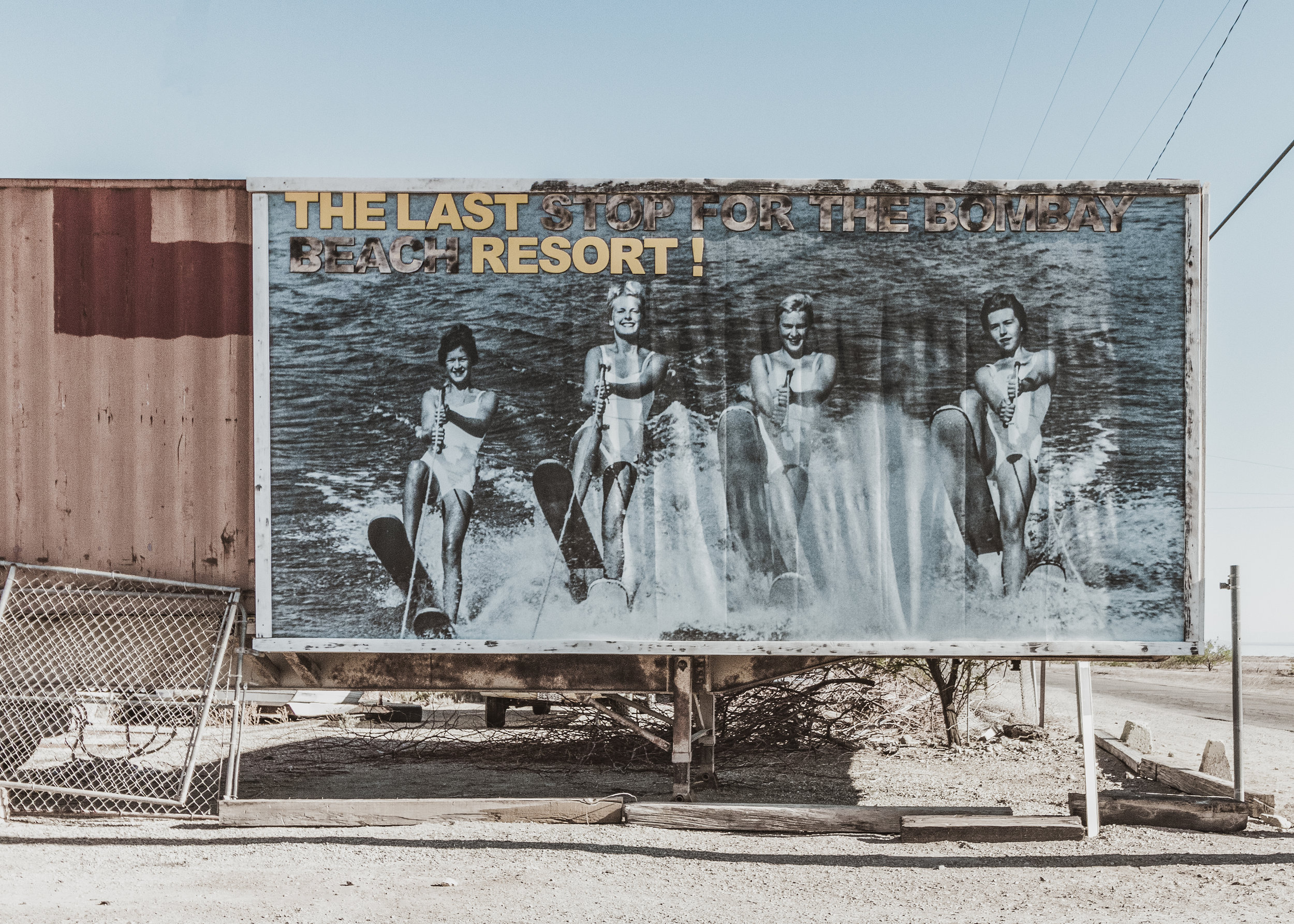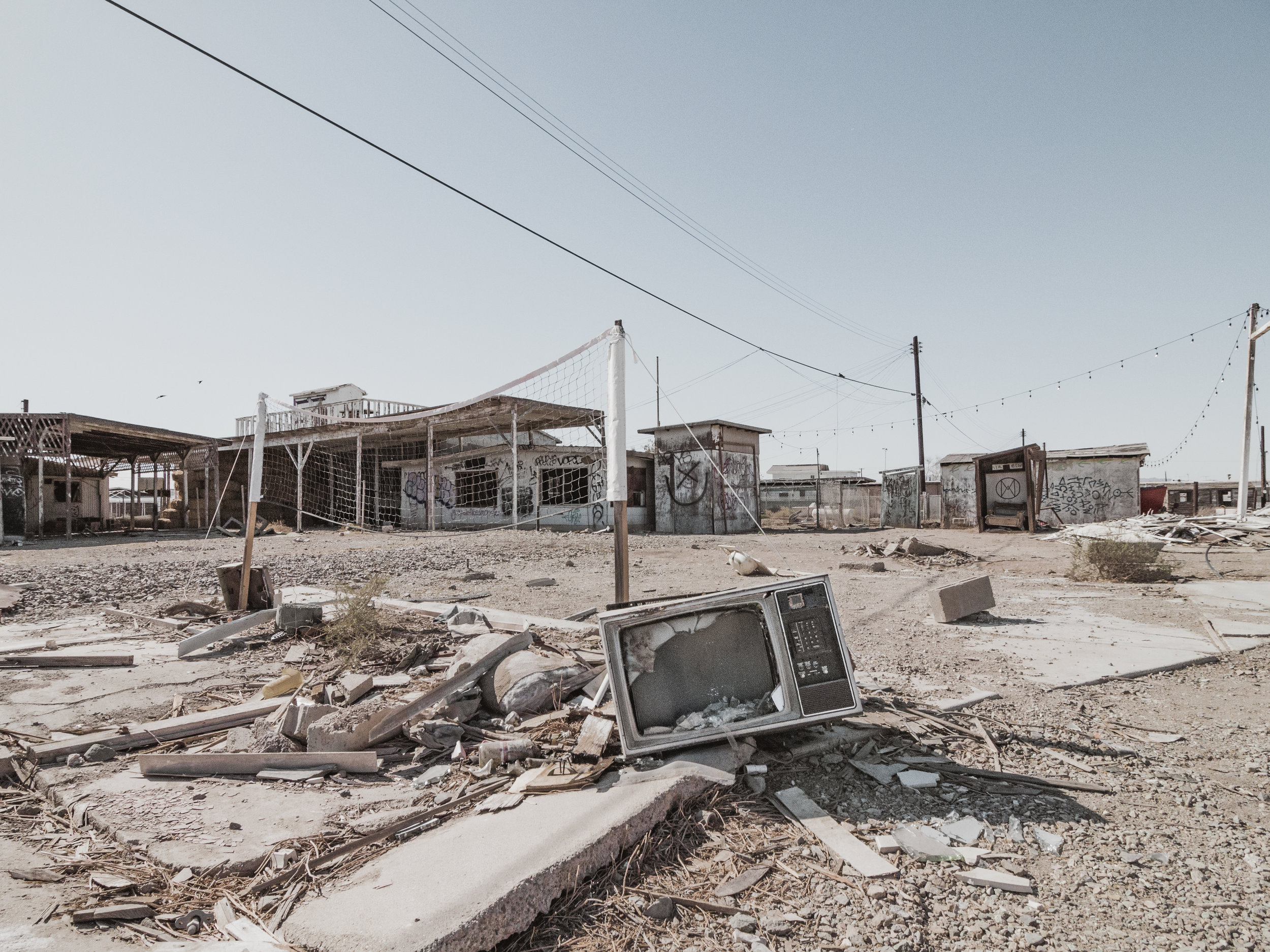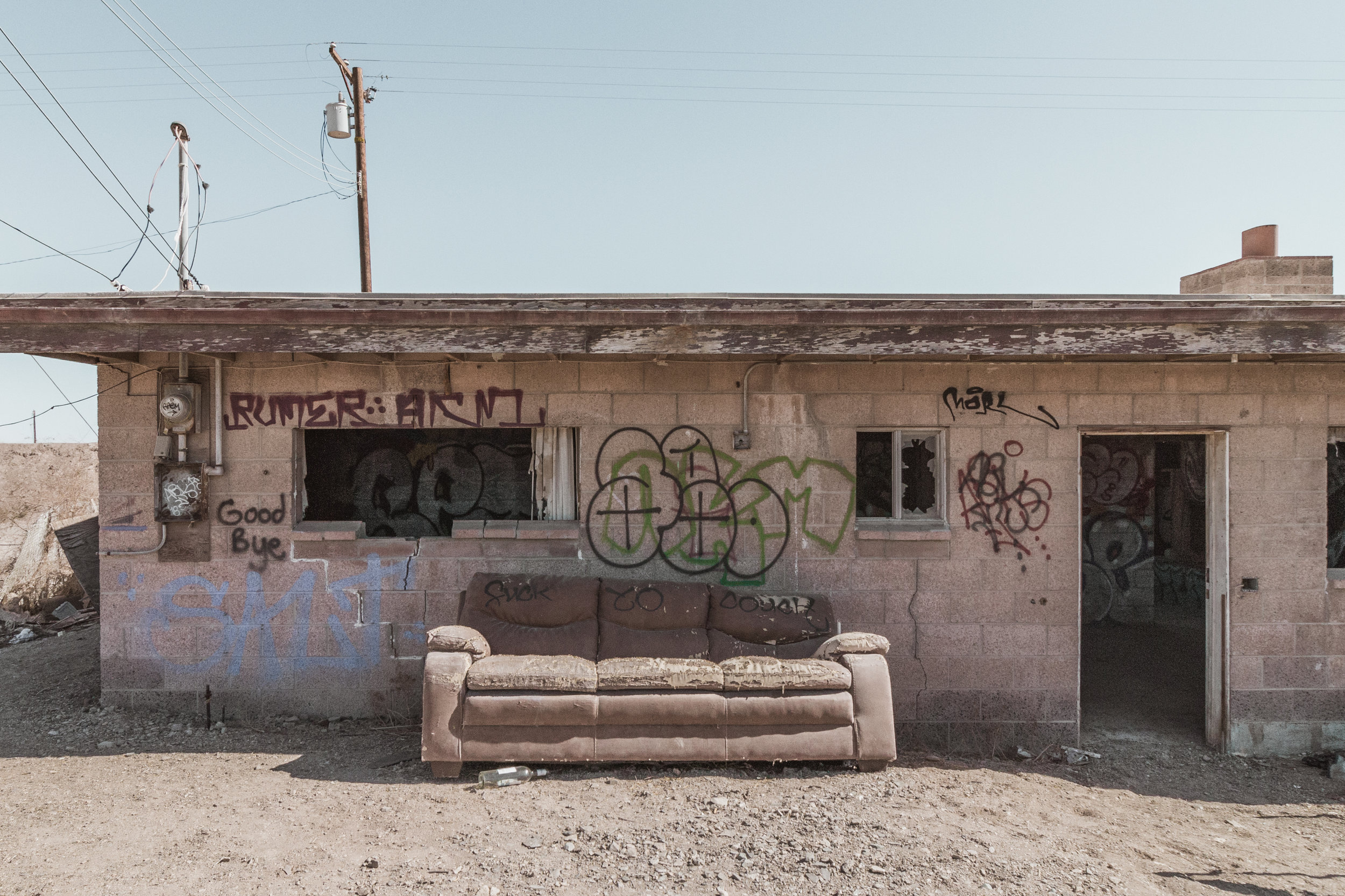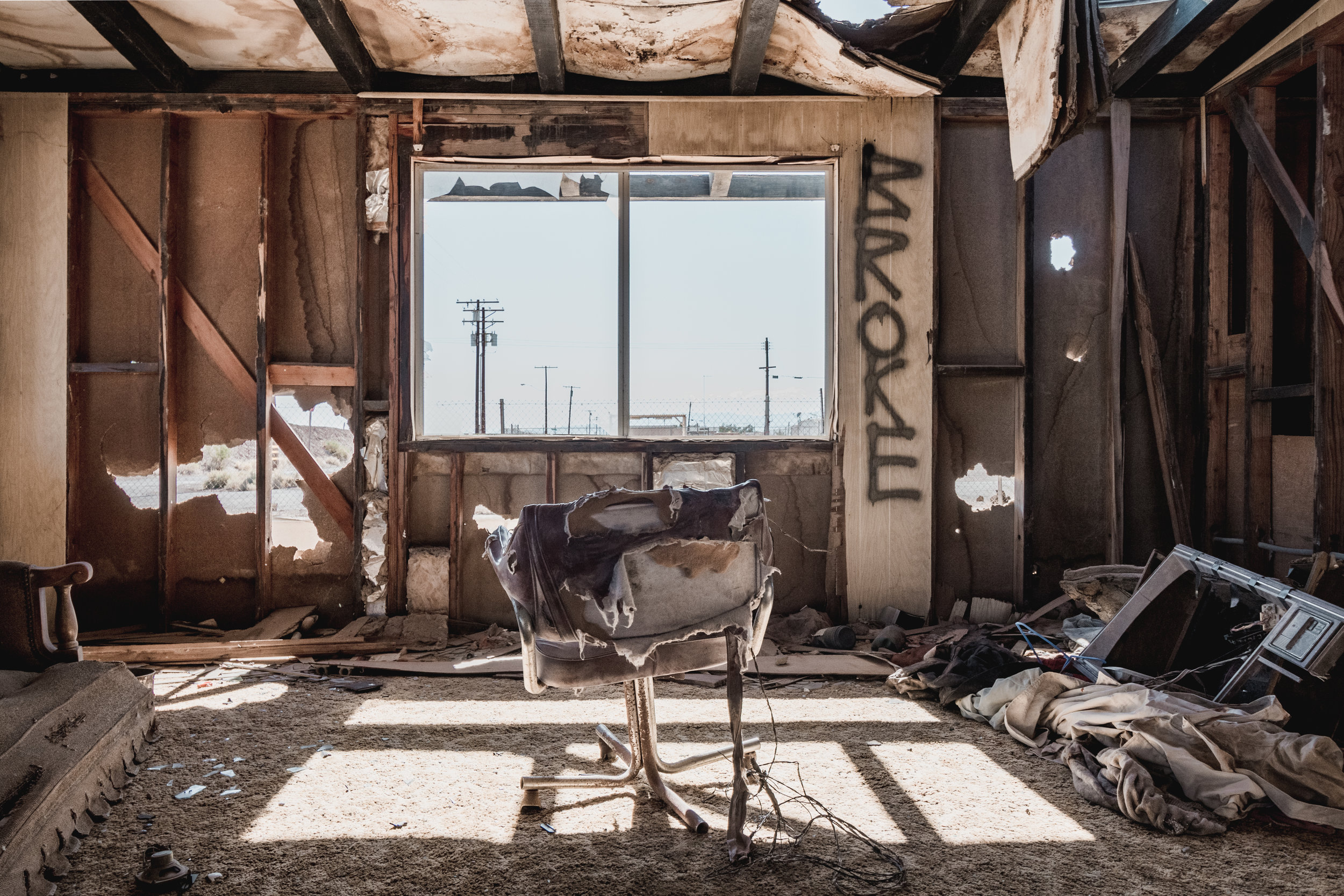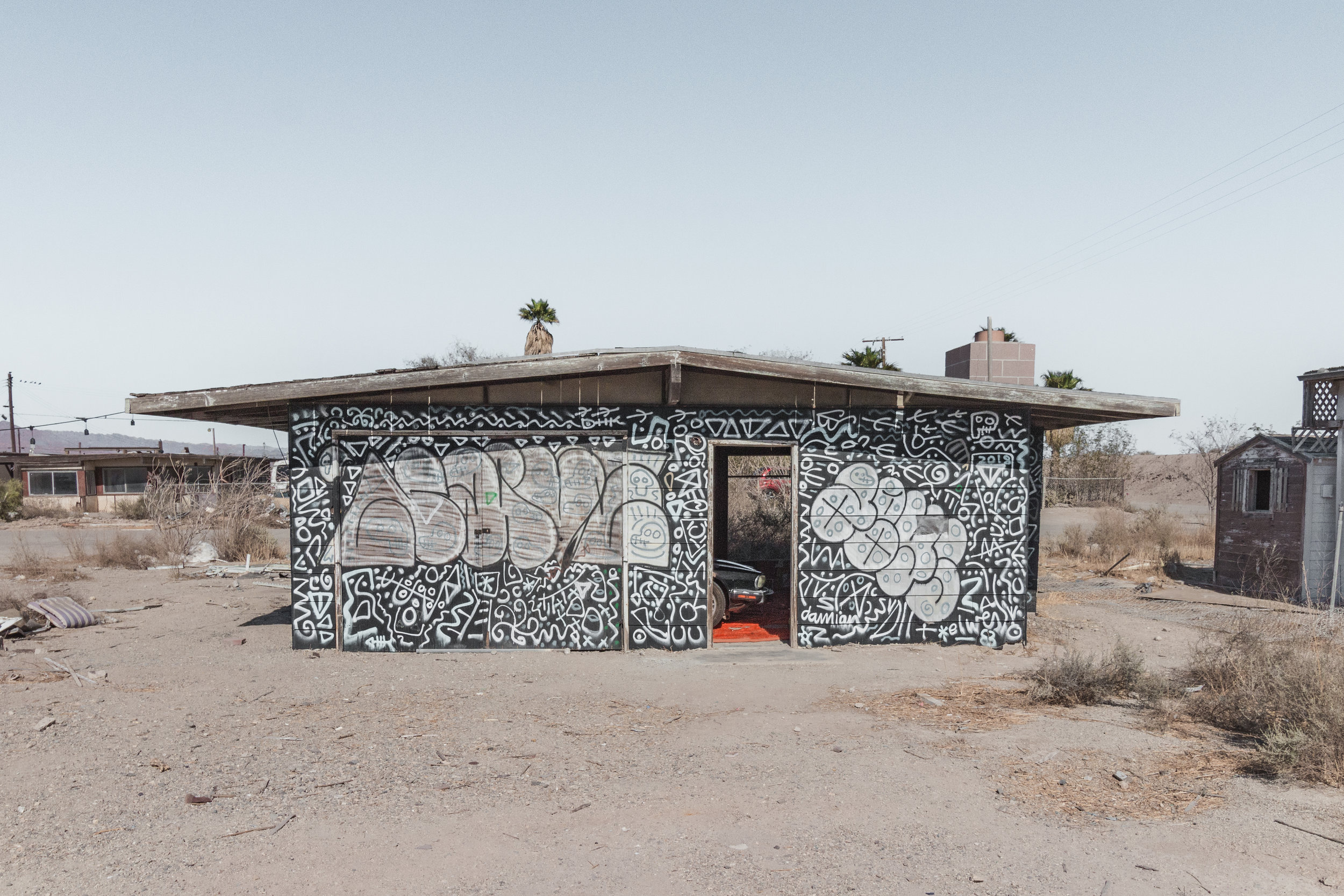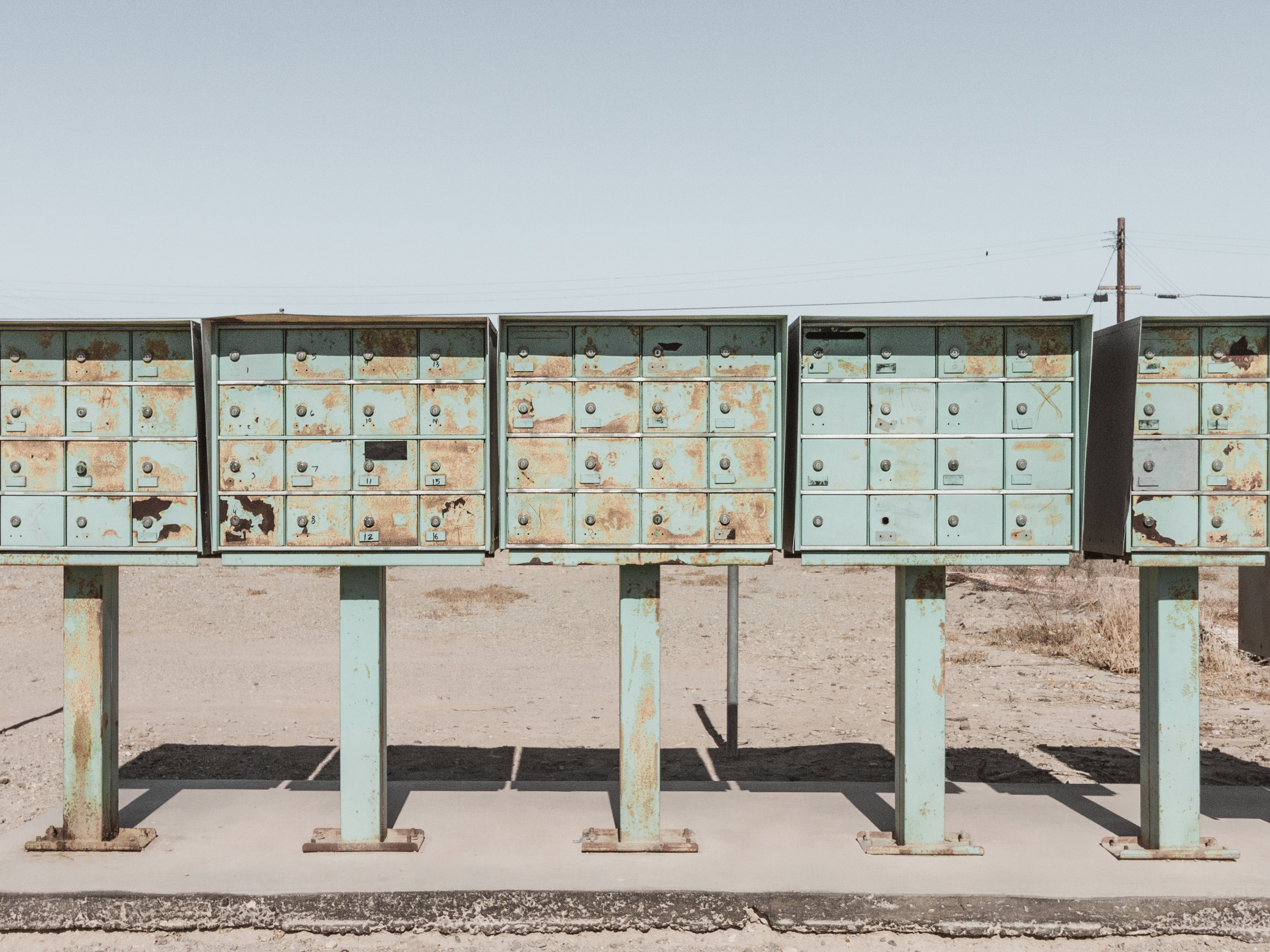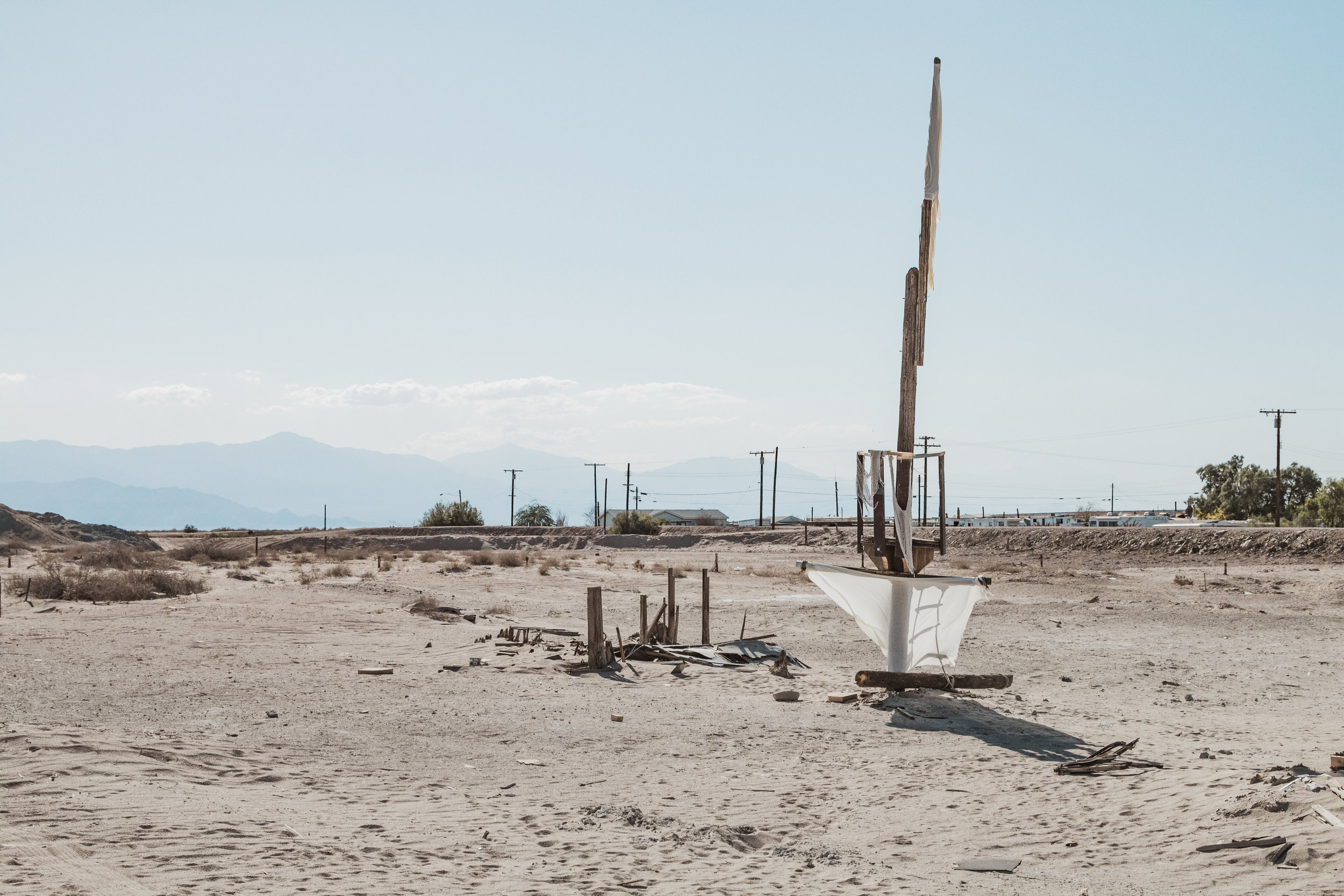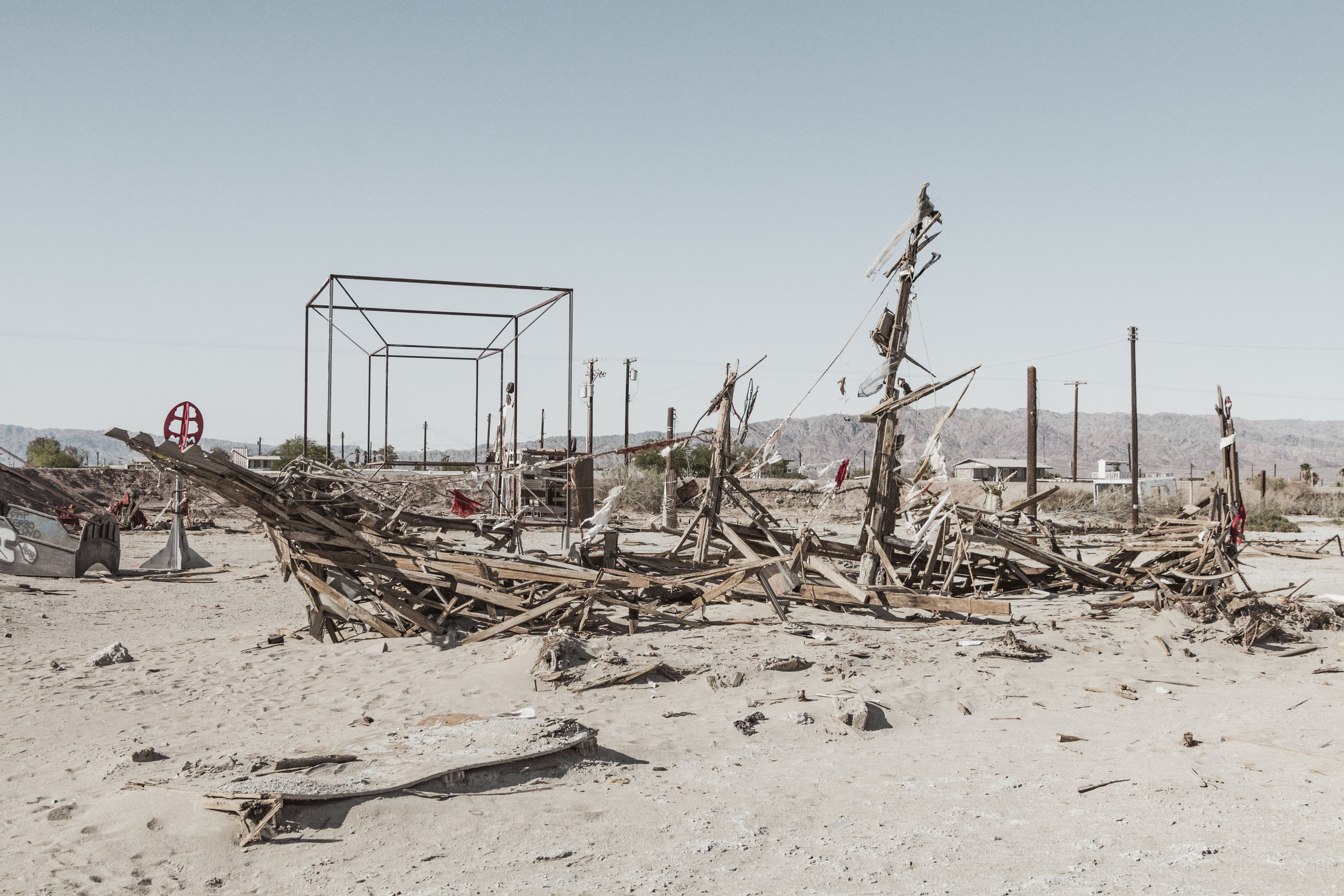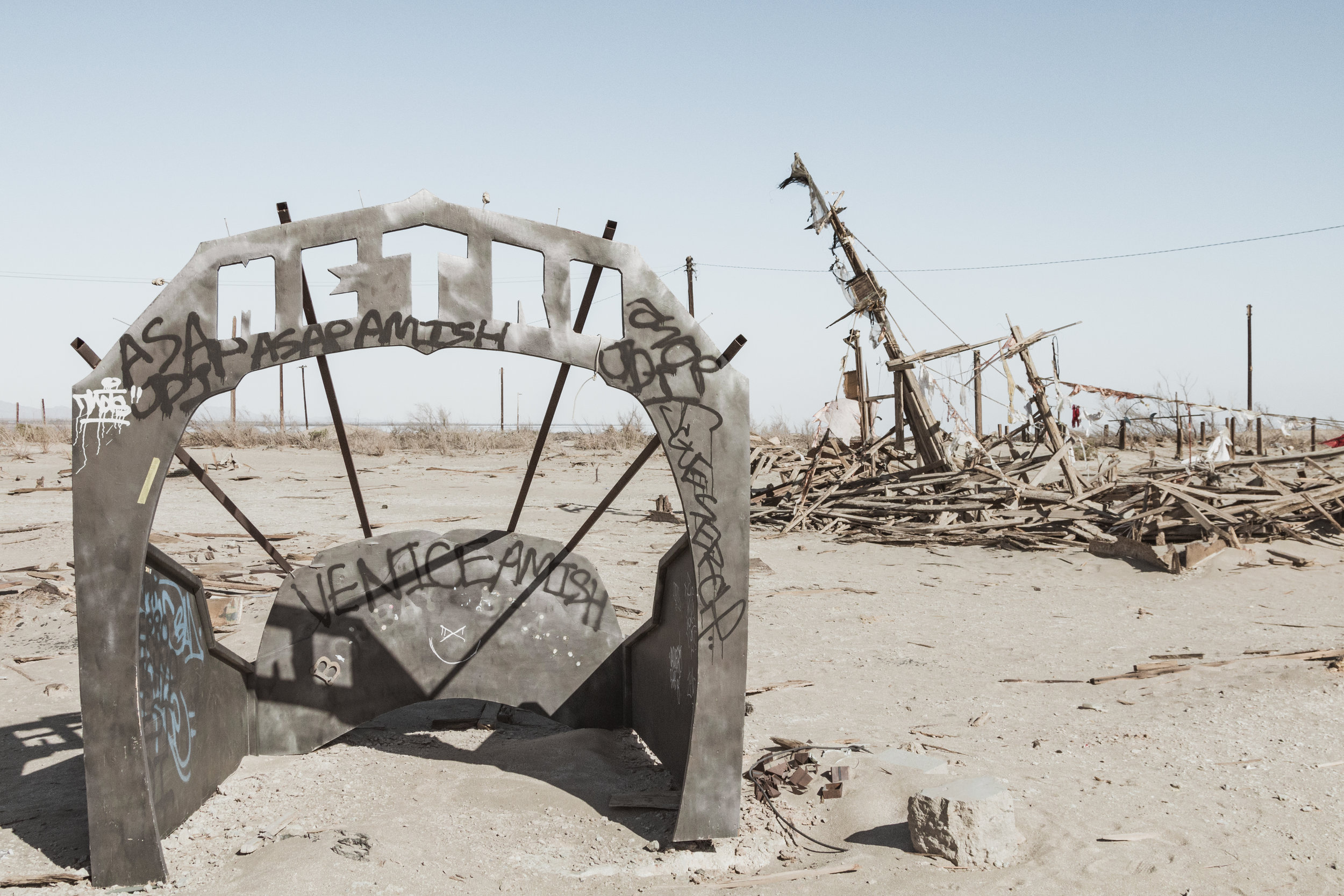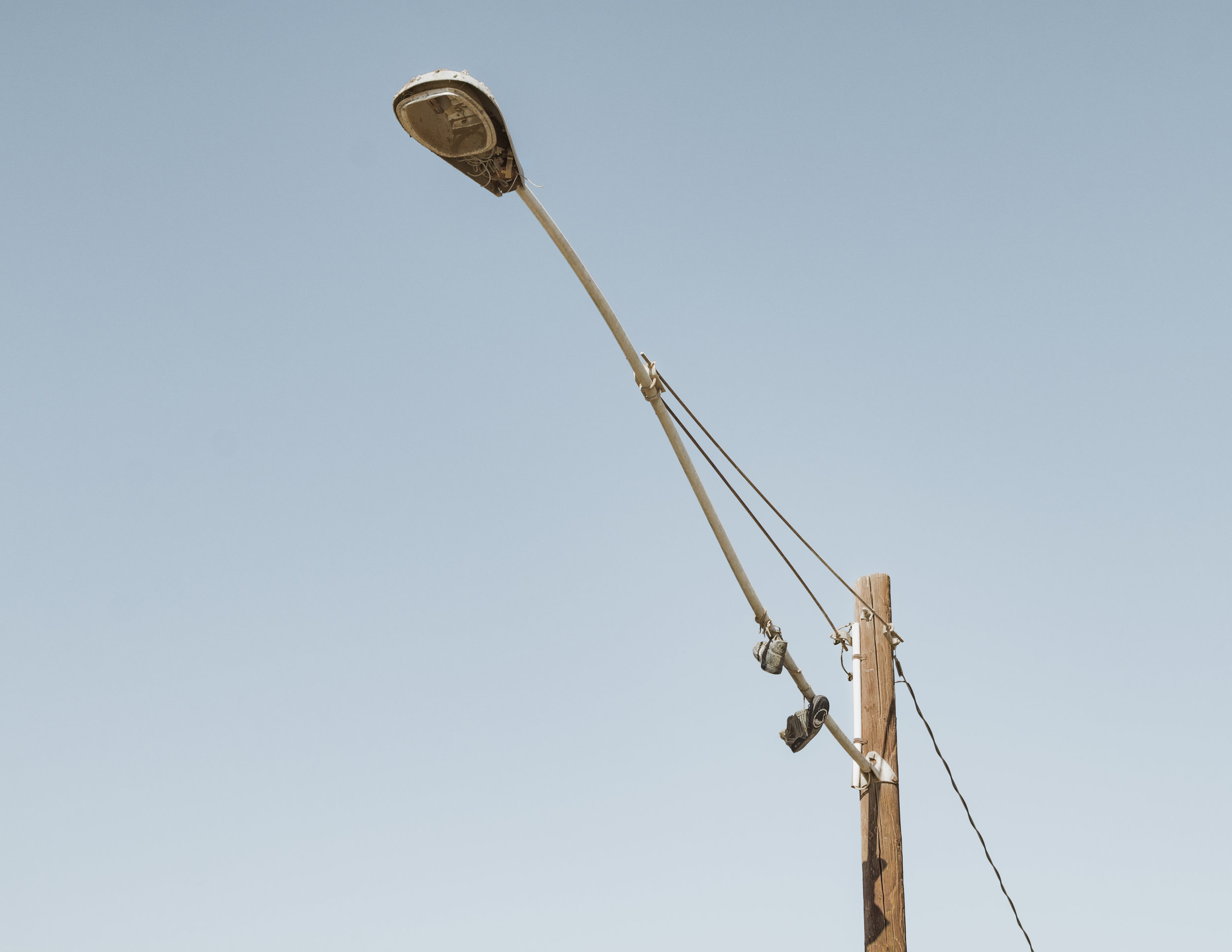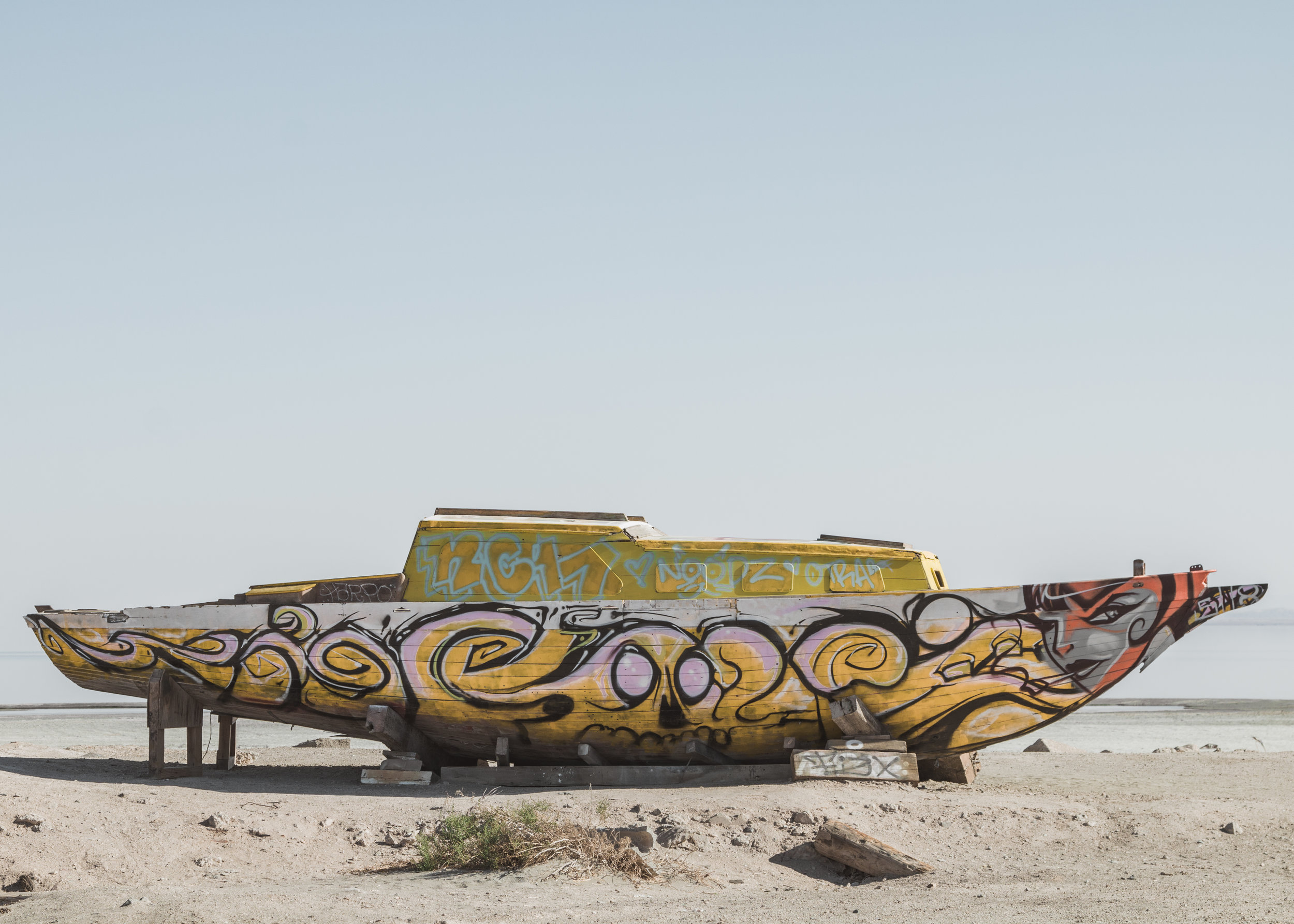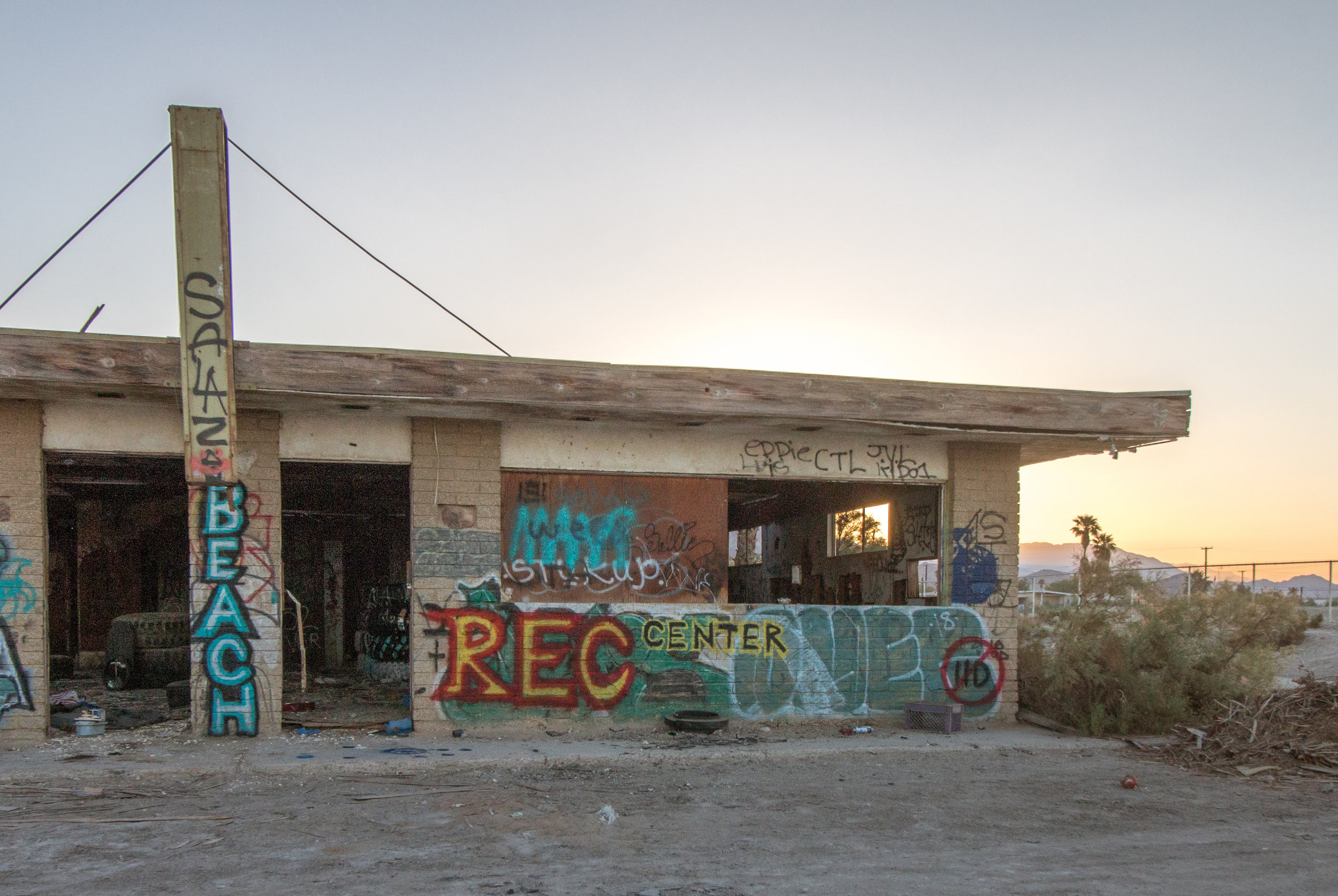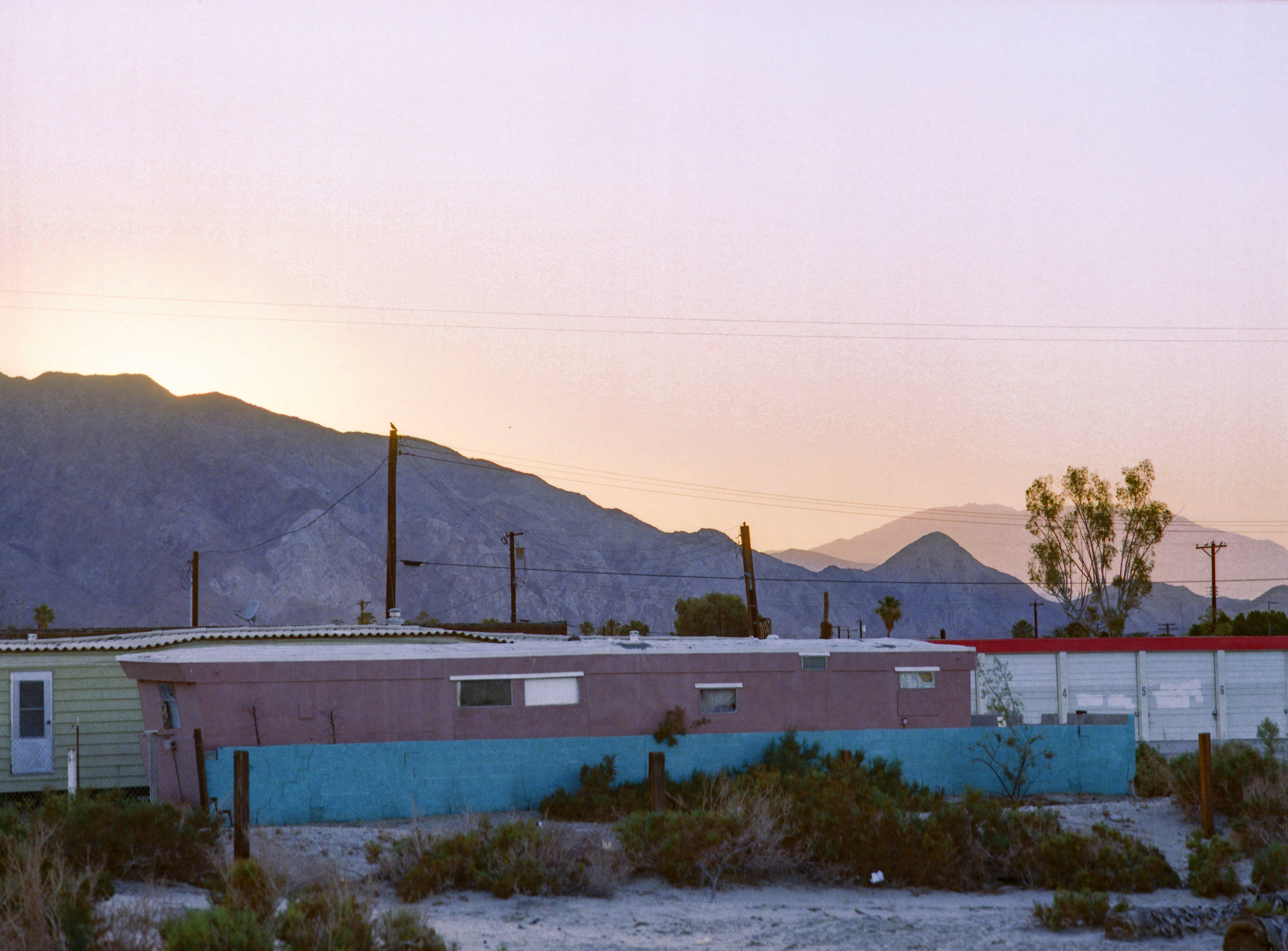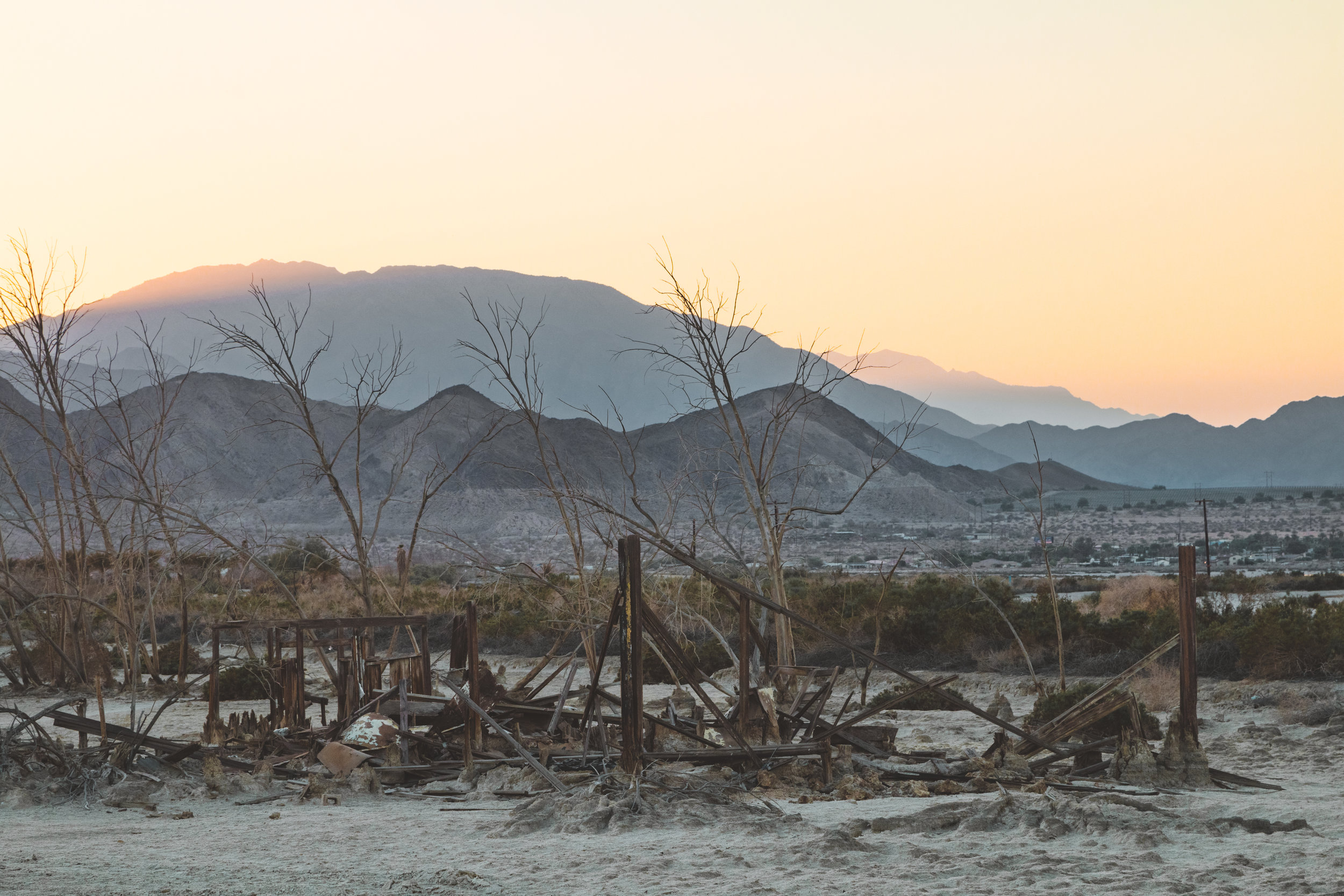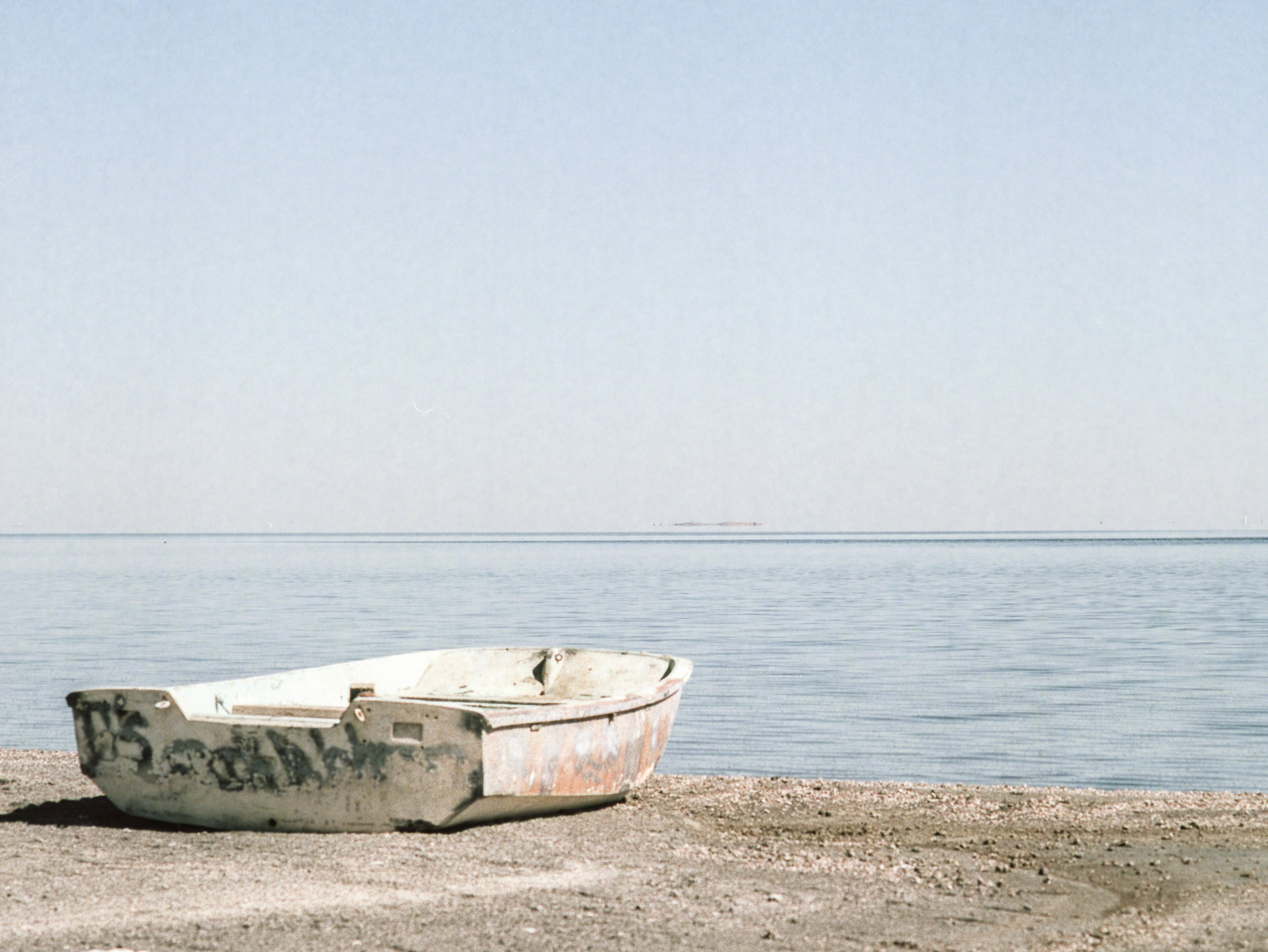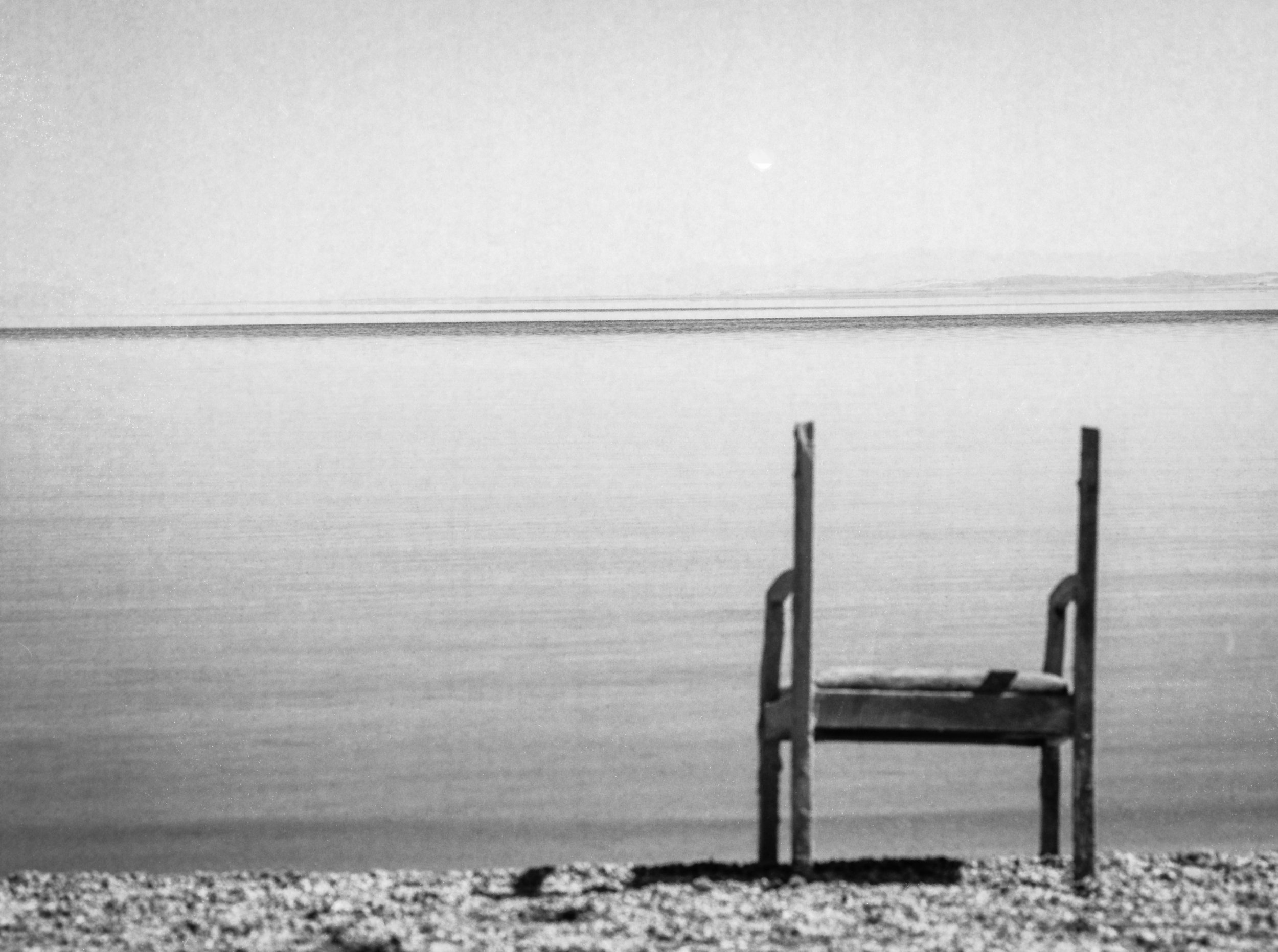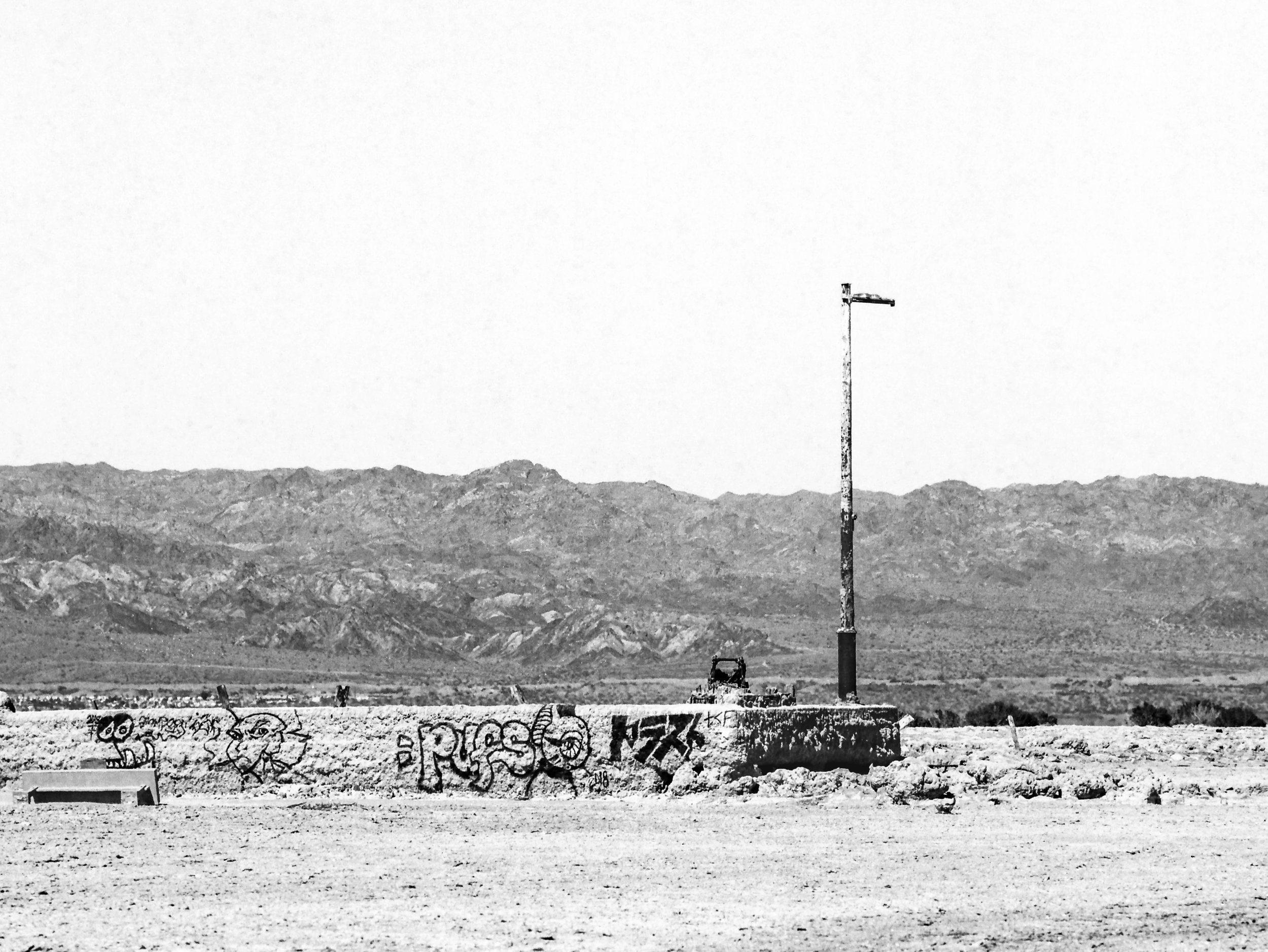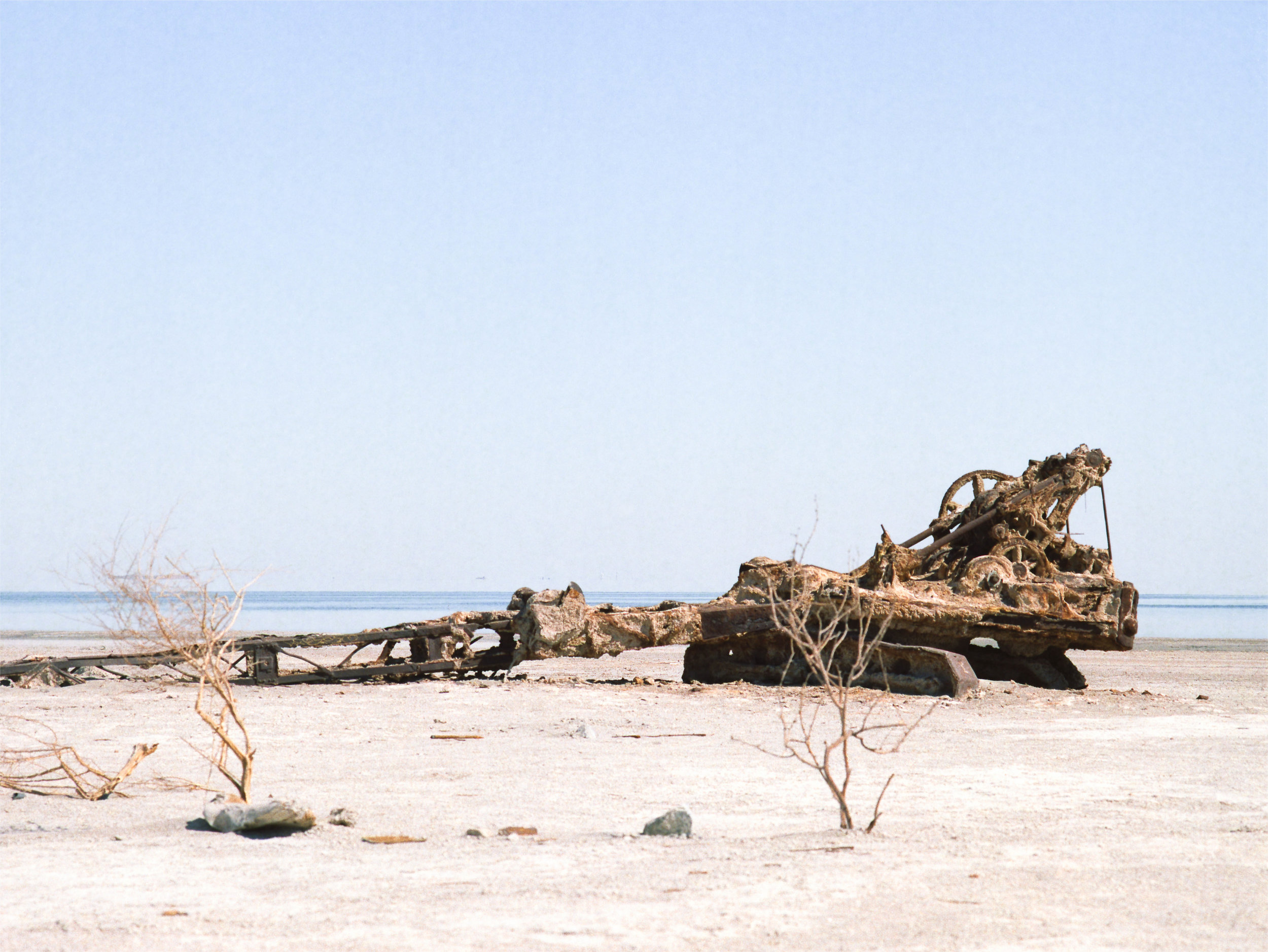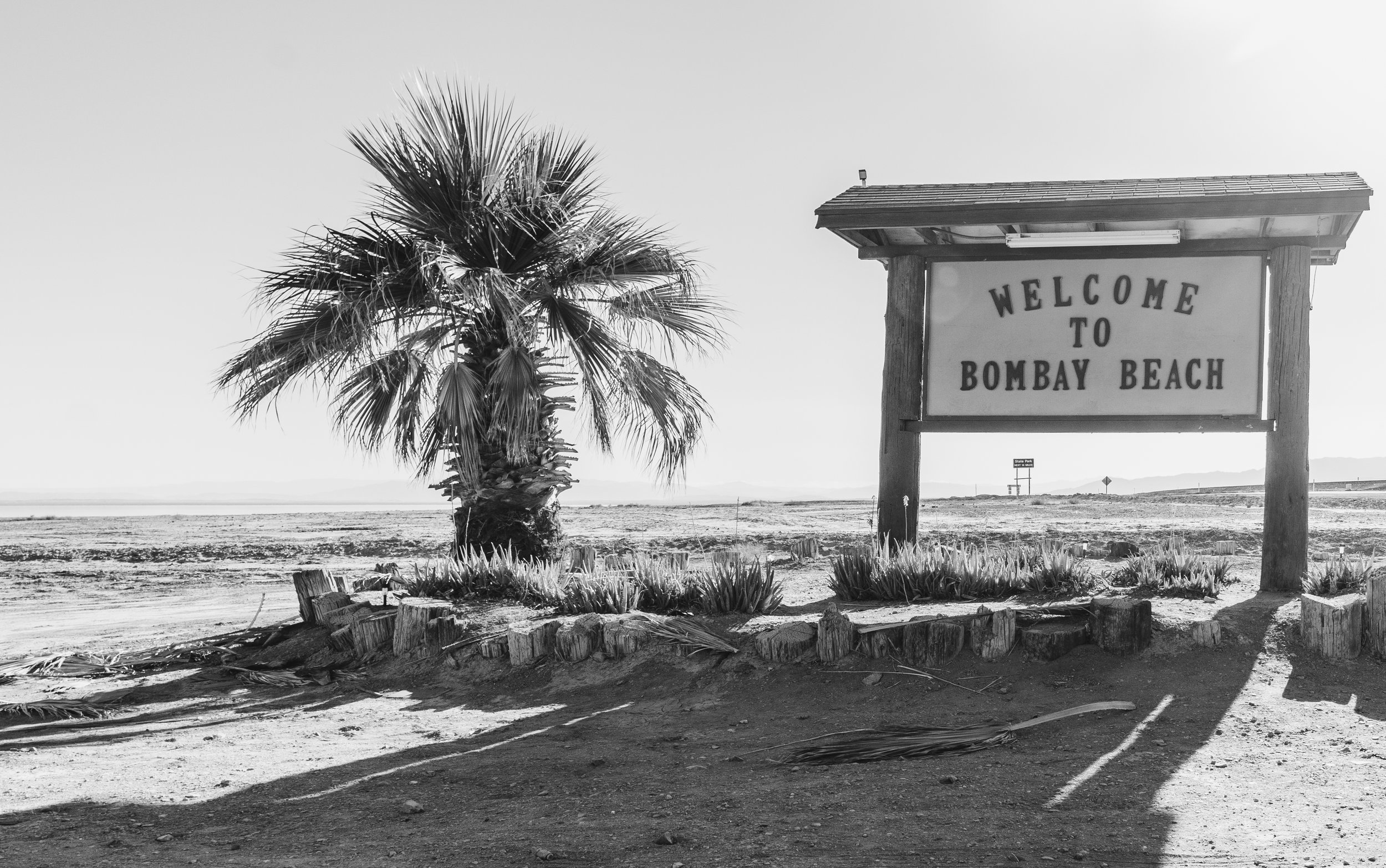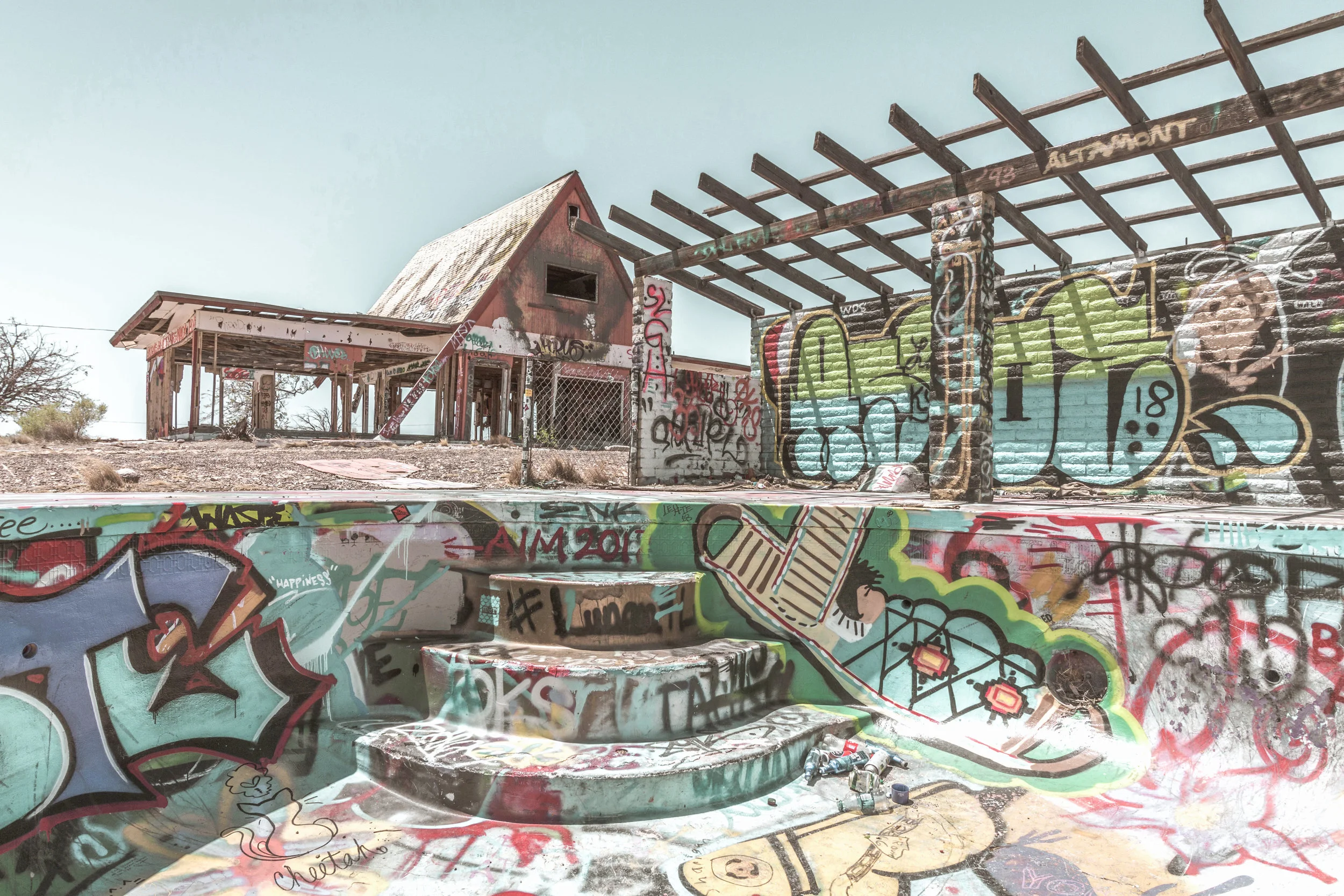FORGOTTEN: CHERRY HOSPITAL

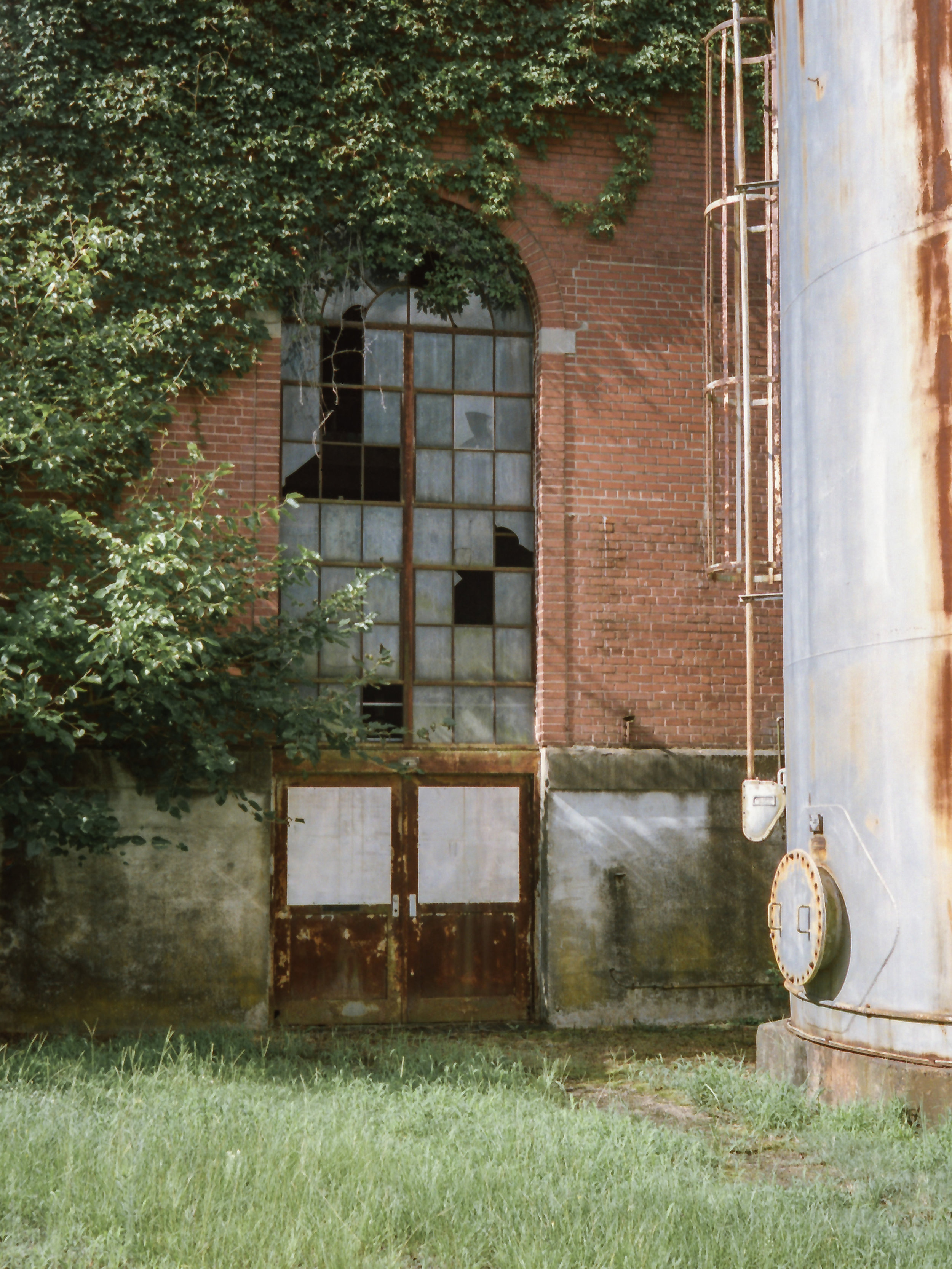
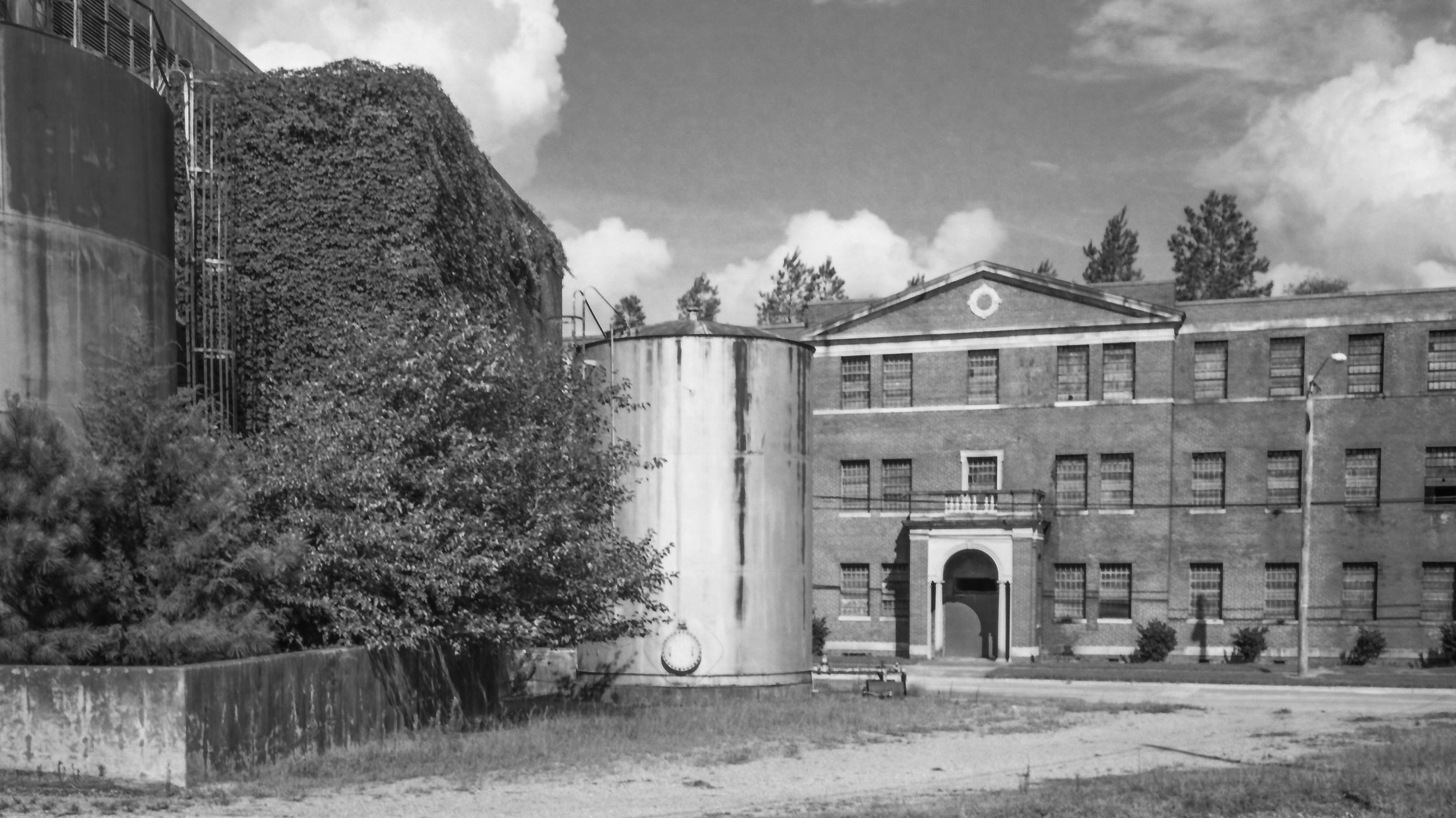
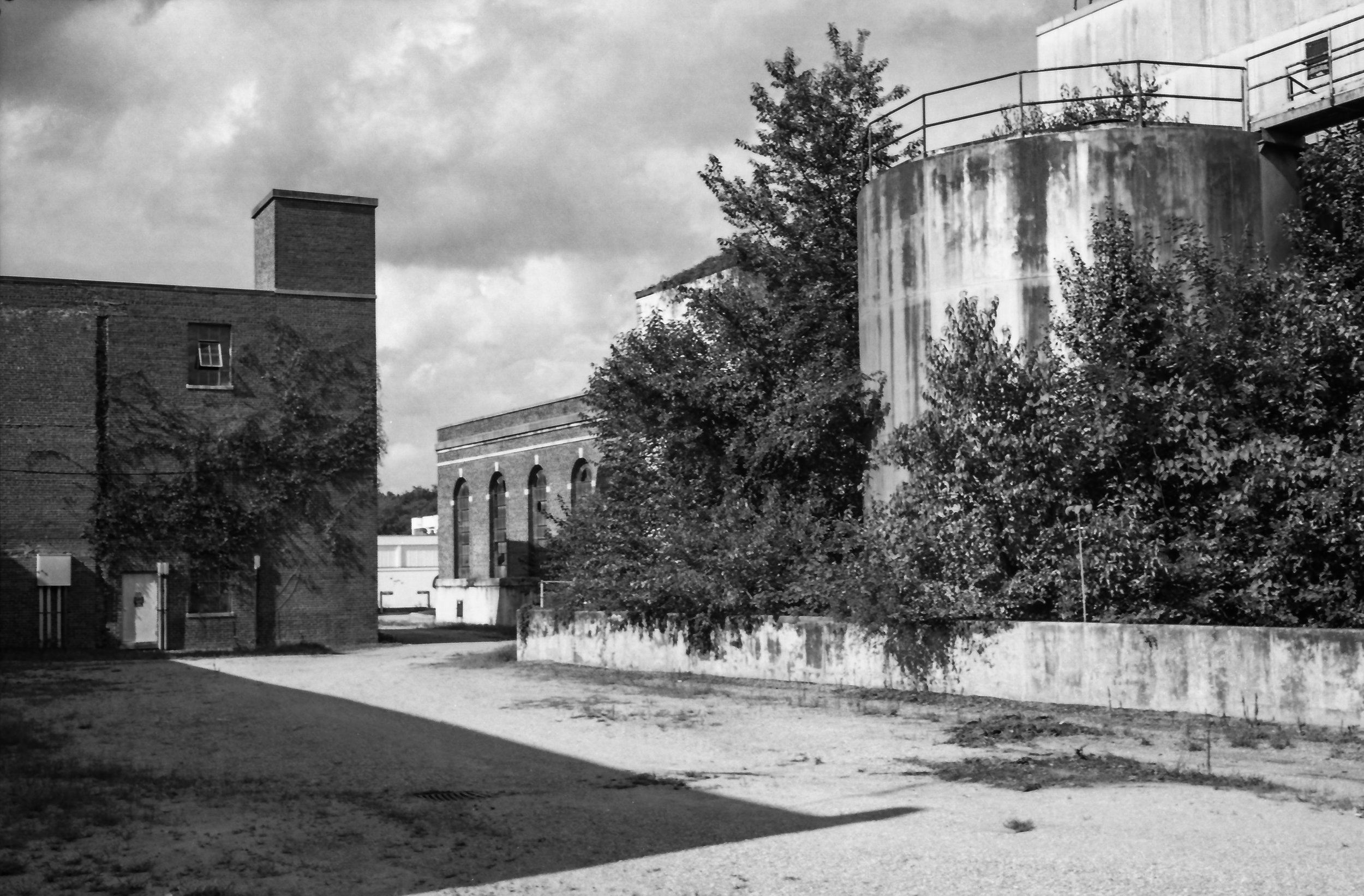

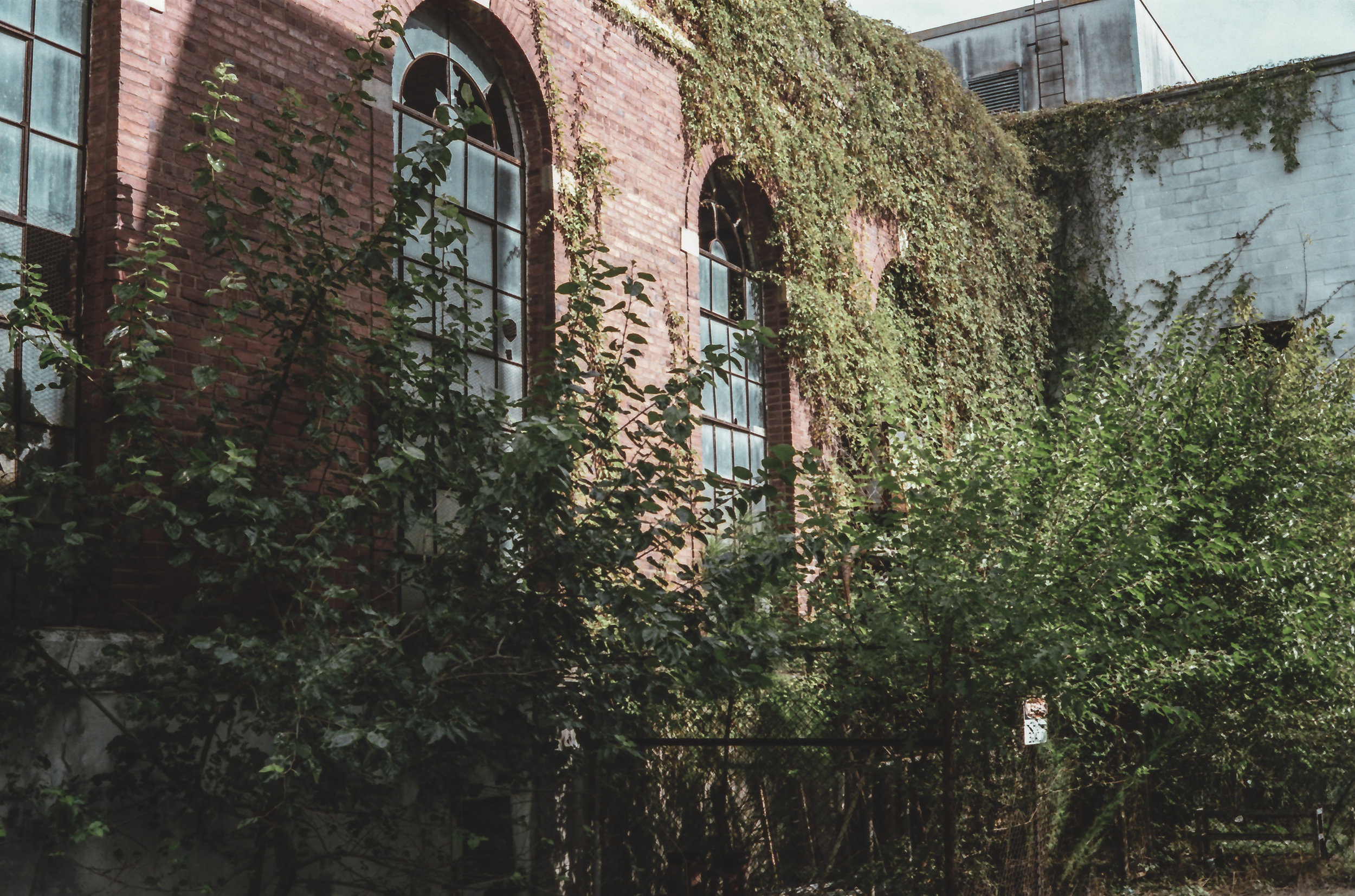
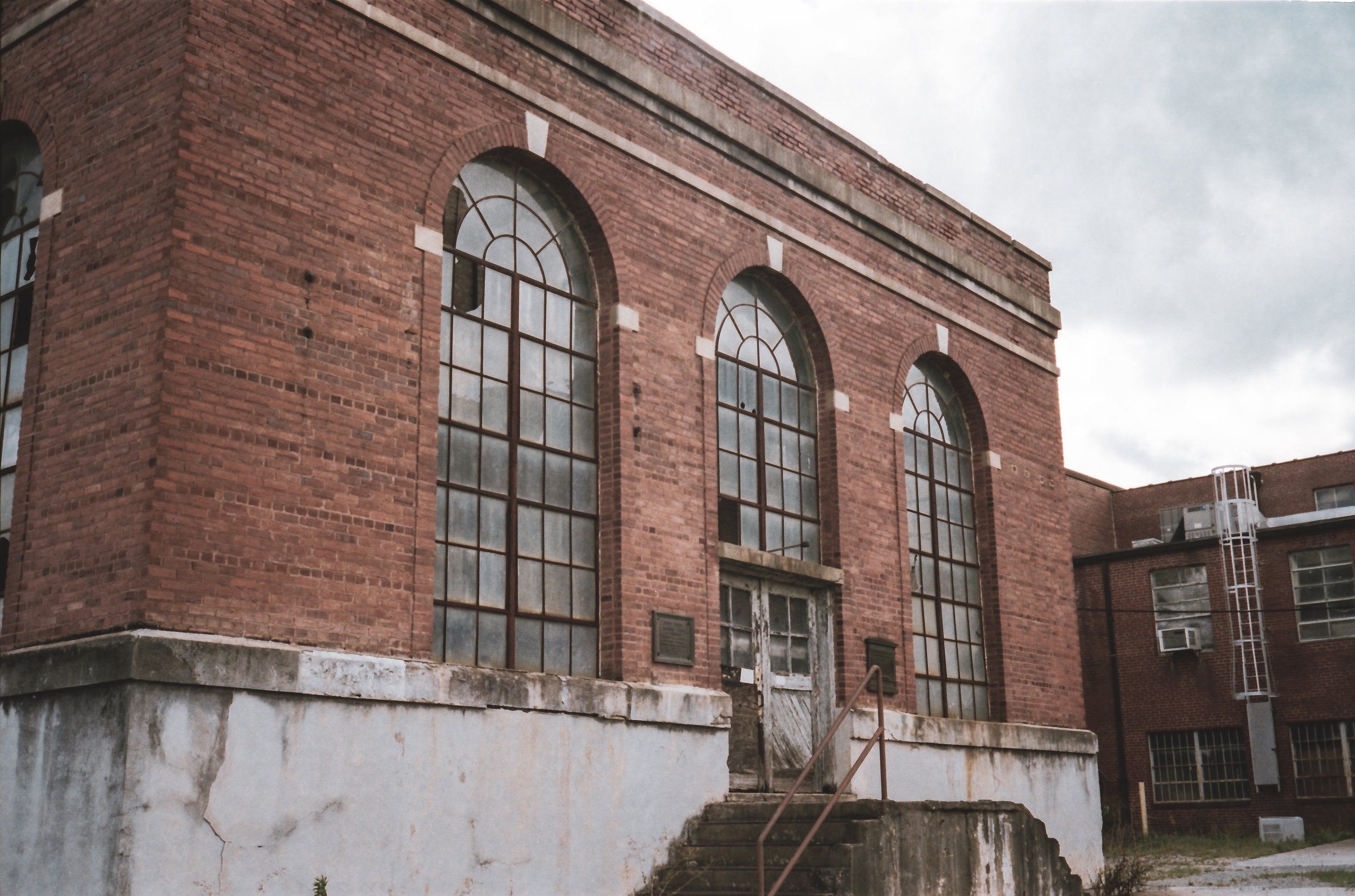
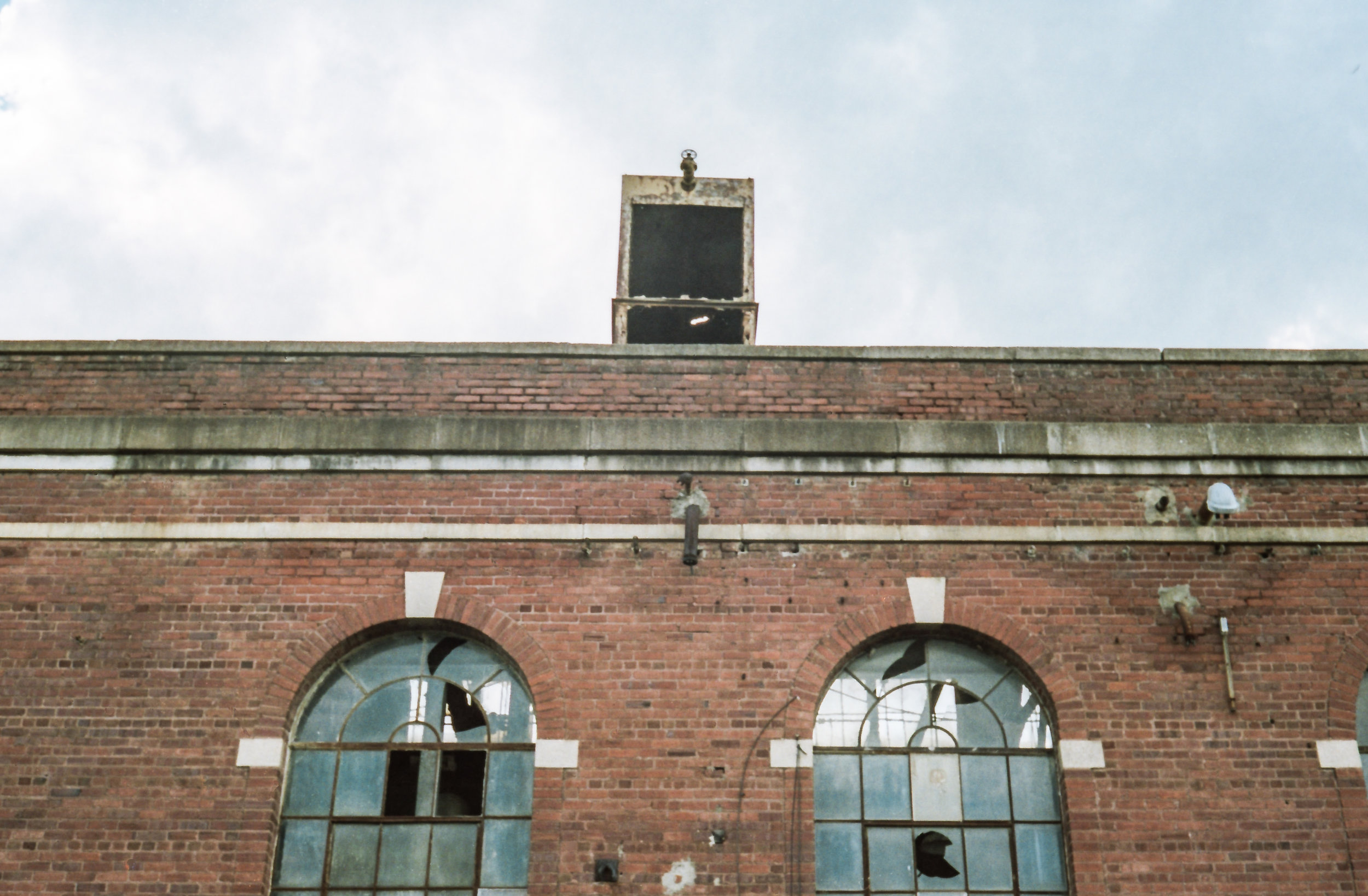
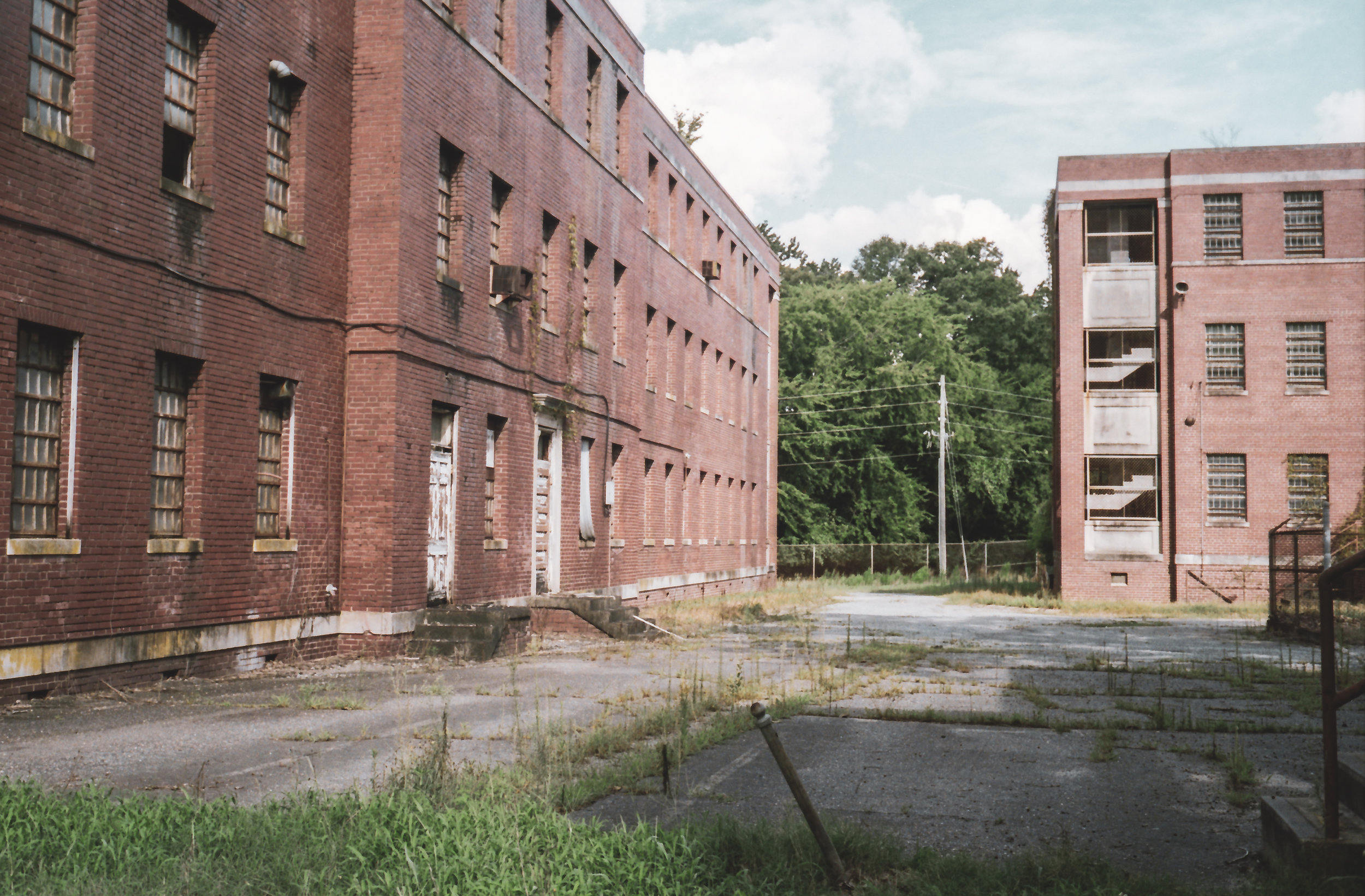
Overgrown with vegetation and crumbling brick, the Cherry Hospital located in Goldsboro, North Carolina was completed in 1880. At the time, was named “Asylum for Colored Insane"; The name was finally changed to Cherry Hospital (in honor of Governor R. Gregg Cherry) in 1959 after several name changes including: The Eastern North Carolina Insane Asylum, Eastern Hospital, and State Hospital at Goldsboro.
Cherry Hospital served as the only mental health institution for the entire black population of North Carolina for its first eighty five years of operation. In 1964, the Civil Rights Act forced the hospital to desegregate and take in all patients. The hospital had several buildings on its campus including specialized tuberculosis and criminally insane in 1924.
The hospital contained Cherry Farm, 2,300 acre farm that was farmed by the patients of Cherry Hospital as a form of horticultural therapy. It is rumored that the hospital is haunted as the farm houses two cemeteries where it has been said that patients who died at the hospital were routinely buried without a proper funeral. This idea was supported was a 2002 archaeological study where it was found that hundreds of patients were buried under the name of their I.D number while thousands were buried in unmarked graves.
The hospital started its downfall in 2007 when it was revealed that a man by the name of Junius Wilson had been kept there for seven decades because he was presumed mentally insane for using only hand gestures and grunts for communicating. Junius was admitted to Cherry Hospital in 1925 on a false rape attempt charge. Although the rape charge was dropped in the 70s, it wasn’t until 1991 when a social worker realised Junius was merely deaf and communicated with a unique form of sign language taught in the Southern states. Upon his release, Junius had no surviving family and was castrated shortly after his arrival to Cherry Hospital (a common practice for colored people who were accused of rape at the time). He was given a small cottage on the hospital grounds where he reportedly lived in peace till his death in 2001.
In 2008, Cherry Hospitals federal funding was cut following a suspicious death of a resident at the hospital; the hospital staff was found at fault for the death as news reports state that the body was not discovered for several days after death all while security camera showed the staff were watching TV a few feet away as the patient died.
The hospital closed in the fall of 2016 and all of the existing patients were transferred to the new Cherry Hospital, a half a mile away on Steven Mills Rd. Today the hospital sits on private property with much of the interior fixtures and some lights still flickering on in the dark hallways.


